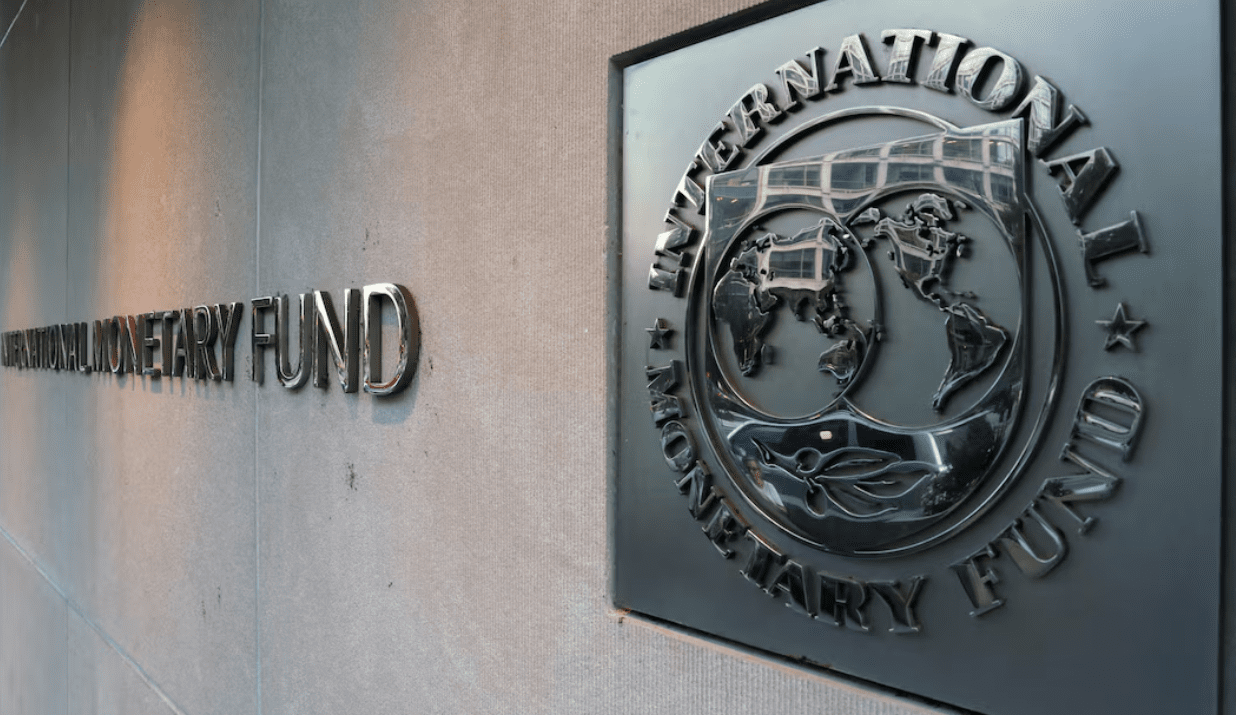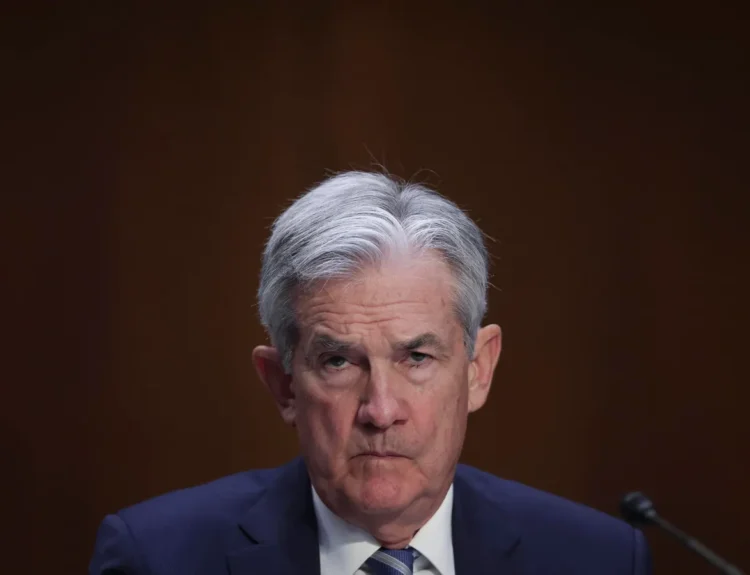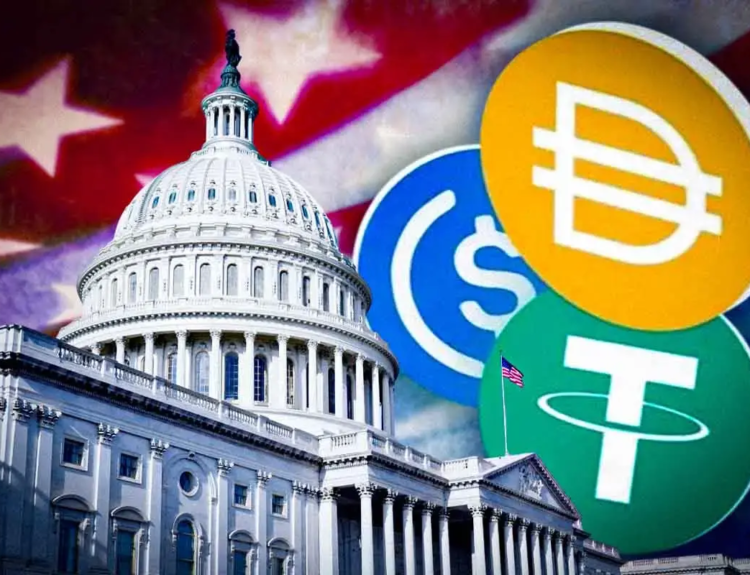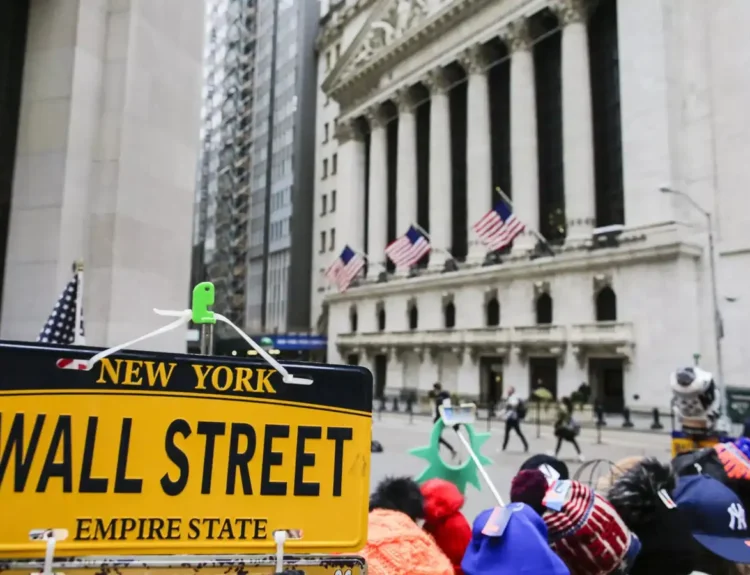The IMF says subsidies can help strategic sectors—but they may also misfire, driving up costs, distorting competition, and draining public budgets.
Governments worldwide are turning to industrial policies—from subsidies to equity stakes—to secure supply chains and accelerate growth. But the International Monetary Fund (IMF) cautioned on Friday that such strategies come with steep risks unless carefully designed and paired with structural reforms.
In a chapter of its upcoming World Economic Outlook, the IMF analysed policies in the European Union, China, Brazil, and South Korea. The findings show that while subsidies can give temporary boosts to targeted firms, they often raise consumer prices, misallocate resources, and weaken productivity across the wider economy.
- China’s heavy hand: Between 2011 and 2023, Beijing spent about 4% of GDP on industrial policies, especially in EVs and semiconductors. Yet IMF modeling suggests the measures cut aggregate productivity by 1.2% and GDP by as much as 2%.
- Europe’s balancing act: EU state aid peaked at nearly 1.5% of GDP in 2022, raising fears of skewed competition inside the single market. The IMF warned that subsidies lifted revenues and jobs only temporarily while crowding out competitors. It recommended EU-level programs to avoid national “subsidy wars.”
- South Korea vs. Brazil: In the 1970s, Korea’s export-driven model, backed by performance-based state support for large conglomerates, succeeded in boosting manufacturing and GDP. Brazil’s domestic consumption and state-owned focus lacked accountability and oversight—delivering weaker results.
The IMF stressed that one-third of all industrial policies from 2009 to 2022 targeted energy, highlighting the cost pressures of the green transition. For example, a clean-tech subsidy package sufficient to onshore production could cost the EU 0.4% of GDP annually.
Political backdrop: The report notably did not cover the United States, where the Trump administration has recently adopted aggressive industrial tactics, including equity stakes in Intel and tariff-linked concessions across multiple sectors.
The IMF sees industrial policy as a double-edged sword—potentially boosting strategic industries but at risk of wasting scarce resources and eroding competition if poorly executed. For success, subsidies must be narrowly targeted, time-bound, and paired with reforms that improve the broader business environment.
Disclosure: This article does not represent investment advice. The content and materials featured on this page are for educational purposes only.
Related:
OpenAI Surges to $500 Billion Valuation, Overtakes Musk’s SpaceX
Trump’s $100,000 H-1B Visa Fee: What It Means for Tech, Talent, and Markets
Fed Divide Widens as Policymakers Clash Over Pace of Rate Cut









